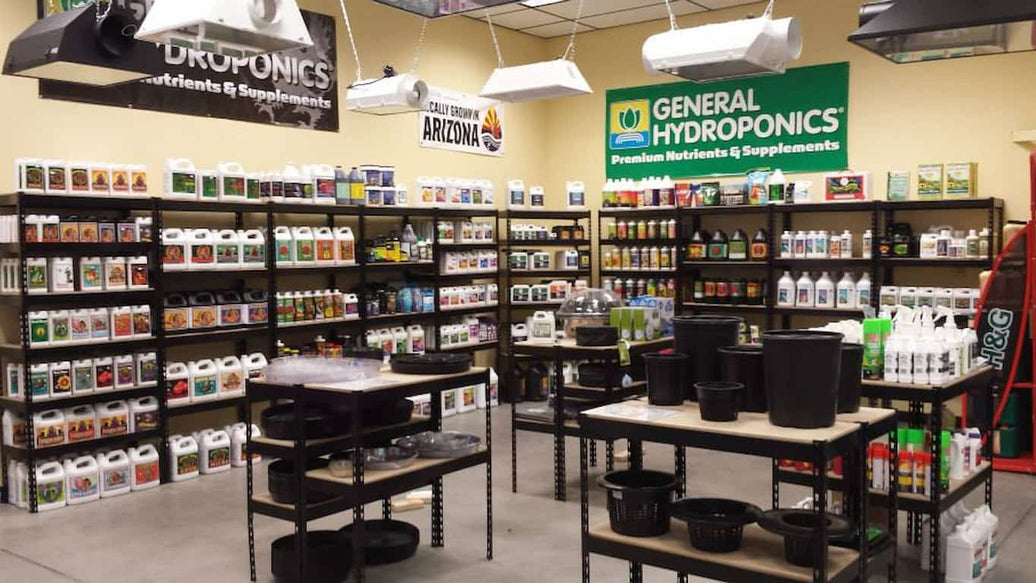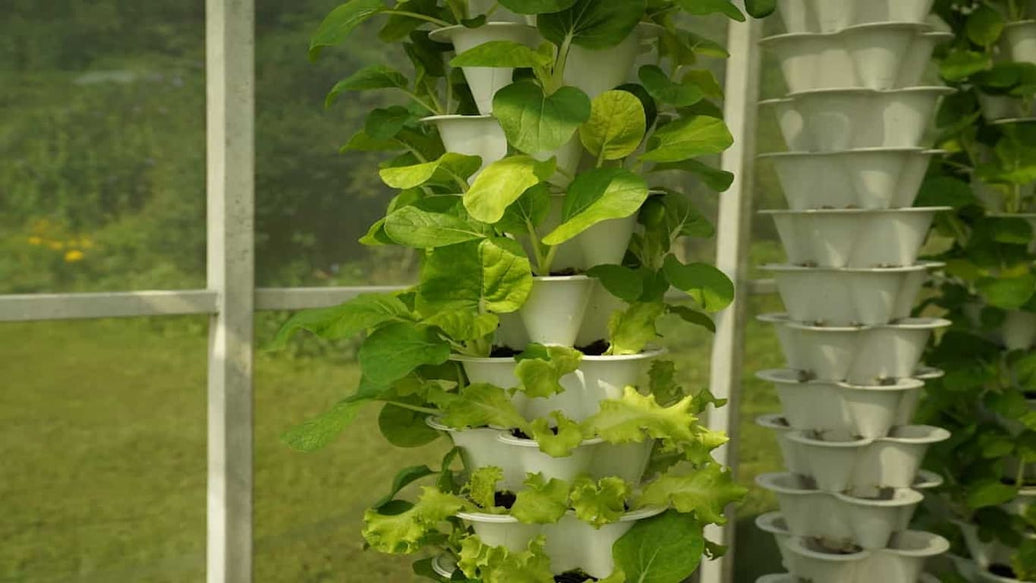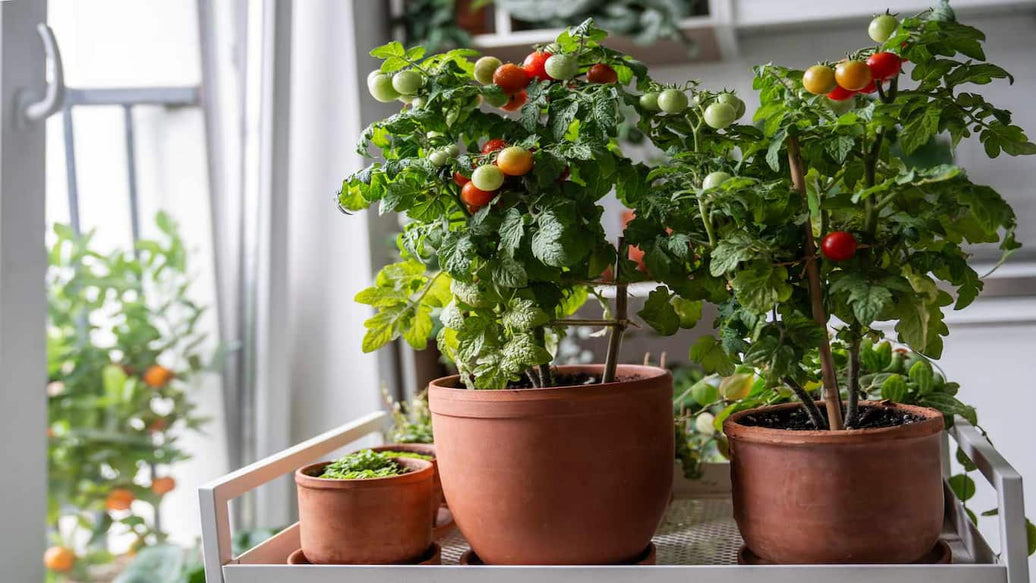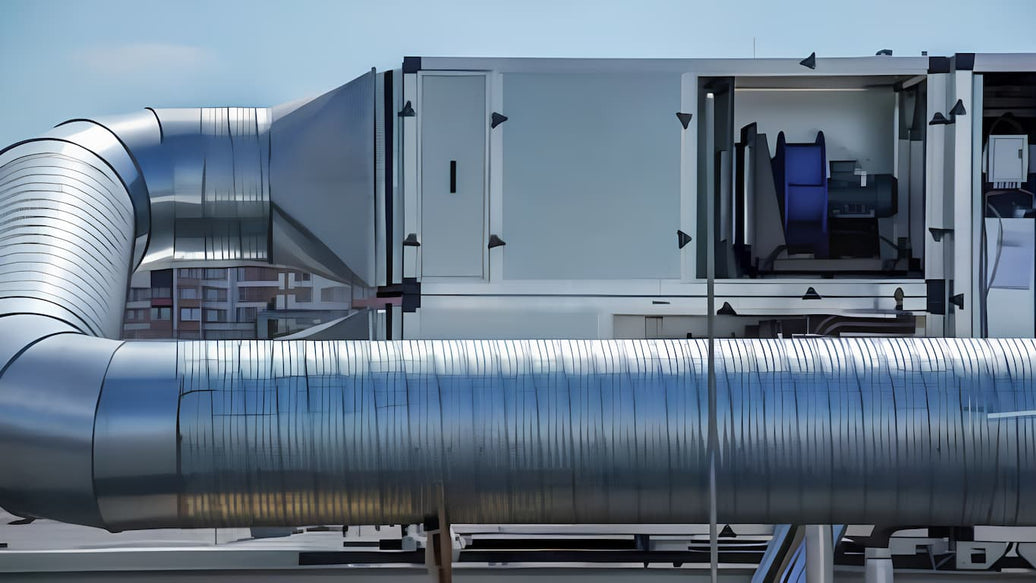
Introduction: From budding potential to existential crisis
The American cannabis industry, once heralded as a symbol of innovation and economic growth, now finds itself facing an unforeseen crisis. President Trump’s trade policies, specifically the relentless escalation of tariffs, are casting a long shadow over the sector, threatening to stifle its progress and undermine its potential. What began as a promise of economic liberation is now a harsh reality for cannabis businesses across the nation: escalating costs, supply chain disruptions, and an uncertain future.
The perfect economic storm: A unique set of vulnerabilities
The burgeoning cannabis industry is uniquely exposed to the negative impacts of the trade war, largely due to its nascent nature and the regulatory challenges it faces. Unlike established sectors with robust supply chains and diversified sourcing, cannabis businesses often rely on imported goods for essential components. This creates a “perfect storm” of vulnerabilities:
- Limited scale and infrastructure: The cannabis industry is still in its early stages of development, lacking the economies of scale and established infrastructure to effectively absorb economic shocks.
- Fragmented regulatory landscape: The patchwork of state-level regulations adds complexity and increases operational costs, making it more difficult for businesses to adapt to changing market conditions.
- Capital constraints: Federal restrictions on banking access limit access to capital, hindering investment in supply chain diversification, automation, and other efficiency-enhancing measures.
- Black market competition: The legal cannabis industry continues to face stiff competition from the illicit market, and rising prices due to tariffs could drive consumers back to unregulated sources.
The supply chain nightmare: A cascade of rising costs
The tariffs aren’t just abstract numbers on a spreadsheet; they are translating into tangible costs that ripple through the entire cannabis supply chain, from cultivation and processing to packaging and distribution. This creates a domino effect, leading to increased expenses, reduced profit margins, and potential business failures. Every aspect of cannabis production has been impacted by the trade war.
Specific areas of concern include:
- Cultivation inputs: Tariffs on imported lighting systems, climate control equipment, irrigation technology, and other essential cultivation inputs are driving up the cost of production for cannabis growers.
- Processing and extraction equipment: The production of concentrates, edibles, and other value-added cannabis products relies on specialized extraction equipment, such as CO2 extractors, distillation systems, and rotary evaporators, much of which is subject to tariffs.
- Packaging materials: The cannabis industry faces stringent packaging regulations, often requiring specialized child-resistant containers, tamper-evident seals, and other compliance-related materials. Many of these materials are sourced from overseas, adding to the cost burden.
- Vape hardware and accessories: The vaping sector, a significant segment of the cannabis market, is particularly vulnerable to the trade war, as it relies heavily on imported components, such as batteries, cartridges, and heating elements.
- Laboratory testing equipment: Rigorous laboratory testing is essential for ensuring product quality and safety, but tariffs on specialized testing equipment are increasing the cost of compliance for cannabis testing labs.
- Security systems: High-end camera systems, biometric scanners, and other technology-driven security solutions used by cannabis businesses are often imported, adding to the expense of protecting valuable inventory and assets.
The "Made in the USA" Paradox: Unmasking hidden vulnerabilities
While the “Made in the USA” label is often seen as a symbol of domestic resilience and quality, it offers limited protection from the effects of the trade war. The reality is that many “domestic” cannabis products rely on imported components or materials, making them susceptible to tariff-related cost increases.
The illusion of self-sufficiency is shattered by a closer examination of the supply chain:
- Global component sourcing: Essential components, such as rechargeable batteries for vape pens, specialized sensors for environmental control systems, and microprocessors for automated equipment, are often manufactured overseas.
- Maintenance and servicing: Maintaining sophisticated cultivation and processing equipment requires imported replacement parts and specialized technicians, incurring additional costs.
- Intellectual property licensing: Many cannabis cultivation and processing technologies are based on foreign designs or patents, resulting in ongoing licensing fees and royalty payments.
This means that even domestically produced goods can be subject to fluctuating costs and hidden expenses, undermining the initial promise of “buying local.”
A glimpse behind the curtain: The ATMOSIScience example
While many businesses keep details of supply chain issues private, the trade wars have made things that much more difficult. ATMOSIScience has made a candid statement that perfectly captures the struggles faced by companies. With a factory located in Shanghai, a combination of 5%+25%+20%+125% is impacting every product. They have admitted that after tariffs exceed 100% that the tariffs lose their meaning.
The consumer toll: Higher prices and reduced access
As cannabis businesses struggle with rising costs and disrupted supply chains, the burden is ultimately shifted to the consumer:
- Price inflation: Retail prices for cannabis products are increasing, making legal cannabis less affordable and accessible, particularly for low-income consumers and medical patients.
- Limited product variety: Faced with rising costs and uncertain demand, some businesses are forced to reduce their product offerings, limiting consumer choice and hindering innovation.
- Quality concerns: In an effort to cut costs, some businesses may be tempted to compromise on product quality, potentially jeopardizing consumer safety and undermining the reputation of the legal cannabis industry.
Survival strategies: Innovation and adaptation
Faced with these unprecedented challenges, cannabis businesses are implementing proactive strategies to mitigate the impact of tariffs and secure their long-term survival:
- Supply chain diversification: Cannabis businesses are actively exploring alternative sourcing options, seeking to reduce their reliance on any single supplier or region.
- Lean manufacturing principles: Cannabis businesses are implementing lean manufacturing principles to reduce waste, improve efficiency, and optimize resource utilization.
- Automation and technology adoption: The cannabis industry is embracing automation and technology to streamline operations, reduce labor costs, and improve productivity.
- Product innovation and differentiation: Cannabis businesses are differentiating their products through innovative formulations, unique flavors, and sustainable packaging to appeal to discerning consumers.
- Strategic partnerships and collaborations: Cannabis businesses are forming strategic partnerships and collaborations to share resources, access new markets, and enhance their competitive position.
- Advocacy and policy engagement: Industry groups are advocating for policy changes and educating consumers and policymakers about the impact of tariffs on the cannabis industry.
A moment of truth: Securing the future of cannabis
The escalating trade war and its associated tariffs present a significant threat to the cannabis industry, undermining its potential as a driver of economic growth, job creation, and social progress. To navigate this turbulent landscape, cannabis businesses must embrace innovation, prioritize efficiency, and advocate for policies that support a level playing field and fair trade.
The industry’s future depends on its ability to adapt, innovate, and build a resilient foundation for sustainable growth. It also depends on federal laws.
The alternative is dire: a weakened industry, increased competition from the illicit market, and a failure to realize the full economic potential of legal cannabis. The choices made today will determine whether the cannabis industry can weather the storm and flourish as a model of responsible and sustainable economic development.
































